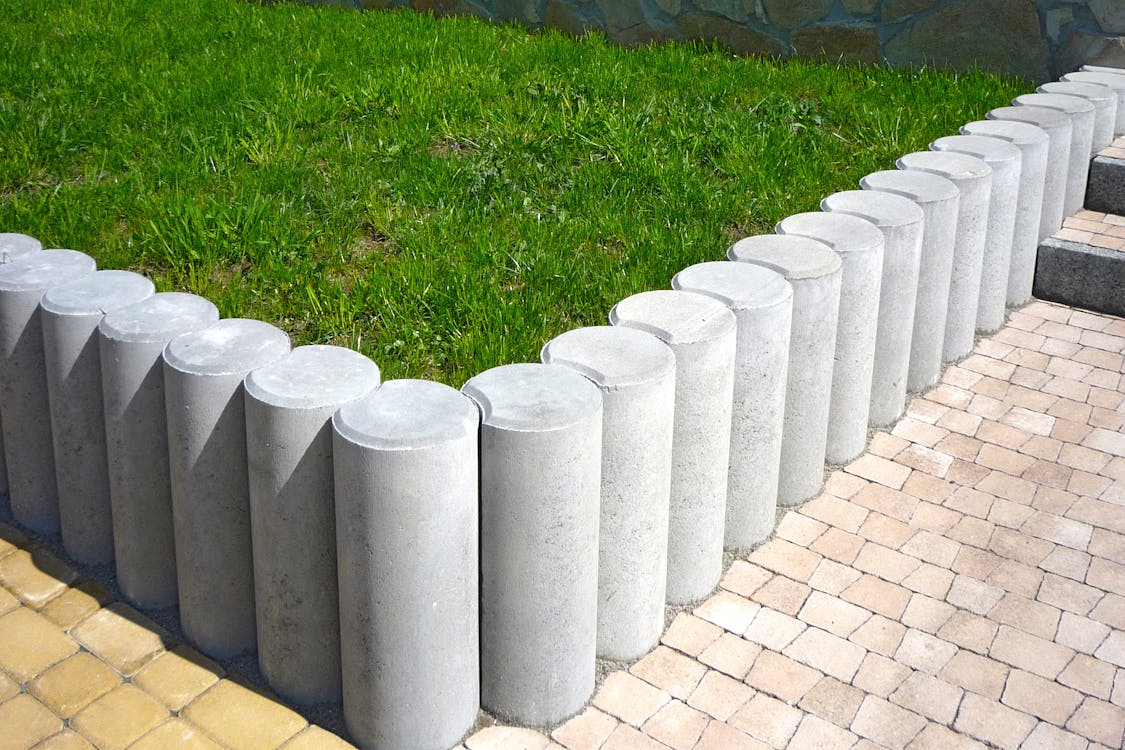Low-Waste Landscaping: How to Reuse Garden Materials
Low-Waste Landscaping: How to Reuse Garden Materials
Blog Article

Reconsidering the Landscape: Why Recycling in Landscaping Matters More Than Ever
Lasting living doesn't quit at recyclable bags and solar panels-- it expands right into our backyards. Landscape design is undergoing a peaceful revolution, where environmental awareness and creativity are improving how we create outdoor areas. Among one of the most exciting changes in this advancement is the expanding focus on recycling materials like dirt, compost, and even hardscape elements. Whether you're collaborating with sprawling acreage or a moderate yard spot, your green thumb can now do double duty-- nurturing plants while protecting the world.
Environment-friendly landscape design isn't just about planting native types and saving water. It's likewise concerning reassessing waste. Dirt, for instance, is typically treated as disposable during big garden restorations or when managing building and construction particles. Yet that abundant, natural source can commonly be repurposed-- and doing so can cut down costs, decrease landfill contributions, and create much healthier, extra lasting lawns.
Going Into Soil Recycling: Turning "Used" Dirt into Garden Gold
Soil recycling starts by recognizing what you're dealing with. If the dirt has actually been previously utilized in planting beds or building and construction, it may be compacted or diminished of nutrients. But this doesn't indicate it's ineffective-- it merely needs recovery.
Begin by screening your dirt. Eliminating particles like rocks, roots, and garbage provides you a clean base. If it's clay-heavy or extremely sandy, blending it with garden compost or organic matter boosts appearance and info nutrient material. This is where a dependable provider of landscape supplies in Windsor homeowners depend on can make a distinction, using garden compost, topsoil blends, and soil conditioners that invigorate tired dirt.
Recycled dirt is perfect for increased beds, blossom beds, and even new grass installations. By picking to work with what you already have, you're reducing transport emissions and minimizing the demand for freshly mined planet. It's a refined change, but when multiplied throughout communities, its environmental effect is substantial.
Reclaiming the Beauty in Hardscape: Giving Old Materials New Purpose
Next time you destroy a patio area or collect a yard boundary, do not be so fast to throw those damaged pavers or cracked bricks. Hardscape materials like stone, concrete, and brick are unbelievably durable-- and highly reusable. They can become rustic edging, lovely stepping stones, or the foundation of a new path.
And afterwards there are decorative rocks. These aspects do not break-- they simply obtain transferred. Recovering river rocks, pea crushed rock, or smashed granite from old installments and rearranging them artistically conserves cash and prevents the demand for even more quarrying. It's the type of circular economic climate that doesn't just benefit your yard-- it profits ecological communities at large.
Consider this as a possibility to instill your landscape with character. Recycled elements frequently bring a patina of time, a sense of tale. What was once a part of another person's patio area may now be a conversation-starting centerpiece in your drought-tolerant rock yard.
Compost, Wood, and Green Waste: Composting and Reusing with Intention
Timber chips, leaves, and backyard cuttings are typically swept up and carried off, just to end up in metropolitan waste. Yet these materials are the perfect structure for mulch or garden compost. Instead of buy brand-new every season, several gardeners currently produce their very own mulch from shredded branches or fall leaves.
Self-made compost not only subdues weeds and keeps dirt wetness yet likewise gradually breaks down to nurture the soil. With time, this builds a healthy and balanced growing atmosphere that's even more sustainable than artificial fertilizers or imported changes.
If you're increasing into composting, eco-friendly waste like veggie scraps, turf trimmings, and coffee premises can feed your soil. This composting culture isn't simply environmentally friendly-- it's equipping. It places control in your hands and changes everyday waste into horticulture prize.
Imaginative Reuse in Outdoor Projects: Where Sustainability Meets Style
Environmentally friendly landscape design is as much concerning design as it is about materials. Increased beds made from restored timber, yard seats developed from remaining rock, or retaining walls built with reclaimed bricks show that sustainability and appeal are not equally special. They're buddies in contemporary landscape style.
Extra home owners are sourcing their products in your area via relied on Landscape Supply in Greeley, CO companies that comprehend the value of both new and recycled sources. It's concerning locating vendors who provide quality, sturdiness, and a commitment to environmentally responsible techniques. Whether you're filling out a flower bed or overhauling a whole lawn, local sourcing reduces exhausts and supports regional economic situations.
There's likewise a growing area of DIY landscapers and professionals sharing concepts for repurposing materials online and through area networks. You might uncover that your neighbor's discarded lumbers are exactly what you require for a new yard bench-- or that the pile of debris you thought was waste is really the foundation for your next retaining wall.
Landscape design for the Future: Small Steps, Big Impact
The path to an extra sustainable landscape starts with straightforward options. Reuse soil rather than unloading it. Repurpose hardscape materials as opposed to purchasing brand-new. Compost your cuttings as opposed to bagging them for garbage dump pick-up. These aren't massive modifications-- they're conscious changes. But their impact reverberates.
By welcoming recycled products and smarter sourcing, you're not just gardening-- you're component of an activity. A movement toward much less waste, even more creative thinking, and much deeper link with the land under your feet.
So the following time you're intending your yard or updating a garden feature, think twice before discarding what seems unusable. There's charm in the reused, stamina in the repurposed, and function in every sustainable option you make.
Remain tuned for more ideas and fresh landscaping ideas that help you grow greener, smarter, and more inspired with every season. Maintain adhering to along-- and allow's maintain producing a cleaner, a lot more mindful outside world together.
Report this page